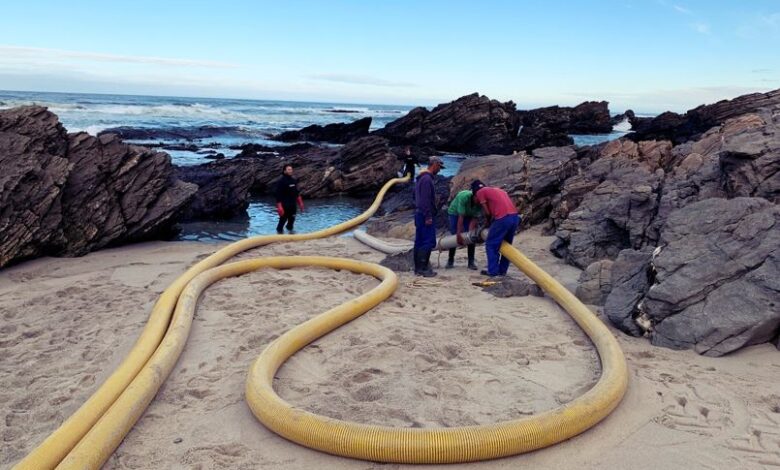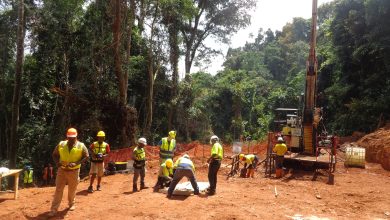
Indicators of Success in Mineral Exploration
In the early 1970s a young geochemist from Cape Town, John Gurney, upended the diamond exploration world with ground-breaking insights regarding the role of indicator minerals in diamond geology.
Wrenching control of the diamond industry from the hands of large multi-national mining companies, Gurney’s breakthrough discovery made it possible even for a diamond prospector working by himself to make a notable diamond discovery.
John Gurney’s success was bookended by good science and extended periods in the field. Threaded into the DNA of every successful mineral exploration project are the same two critical elements: scientific enquiry and time in the field. Individually, each is insightful; combined, they are powerful.
Leadership in exploration demands a clear and pragmatic exploration strategy. A balanced approach is key and, just as exploration necessitates good science weighted by time in the field, so too the expectations of outcomes need to be offset by sound financial management.
Exploration strategy
In an increasingly complex and technologically advanced exploration environment, partnering with a service provider able to bring the right expertise to the table is paramount. Indicators to look for include: their reputation with clients and local communities, how innovative they are, have they been boots on the ground where you want to explore, what technology they are able to deploy in the field and whether they have insight and access to in-house IP of potential sites for future exploration?
As part of the exploration strategy, consideration also needs to be given to how best challenges can be overcome with innovation, whether it be the application of existing technologies, testing new technologies or applying old technologies in new ways. Innovative thinking also needs to be applied to how fieldwork is conducted, allowing exploration teams the freedom to follow what they’re seeing on the ground. Simplicity is key.
Geological truth is only discernible in the context of a bigger geological landscape and, rather than getting caught in the rabbit-holes of complex theoretical ideas at project initiation, consideration needs to be given to the actual cues provided by the landscape itself. Modelling is valuable and has its place, but only in relation to what is already known.
The successful execution of an exploration strategy will be a team effort. Finding a deposit is as much down to the abilities of the exploration team as it relies on the application of scientific knowledge. Good leadership will identify and empower the right mix of experience, talent and youth while fostering a team culture that promotes teamwork, motivates team members by removing obstacles to success and builds confidence through trust.
While it is hard to predict the success of any mineral exploration programme, like John Gurney’s indicator minerals, there are certain markers that serve to significantly increase the chance for success. Mineral exploration companies who differentiate themselves through brave leadership, are able to galvanise the actions of a multi-faceted team and apply innovative solutions to meet the objectives of a well-balanced exploration strategy, will emerge as leaders in the industry.






